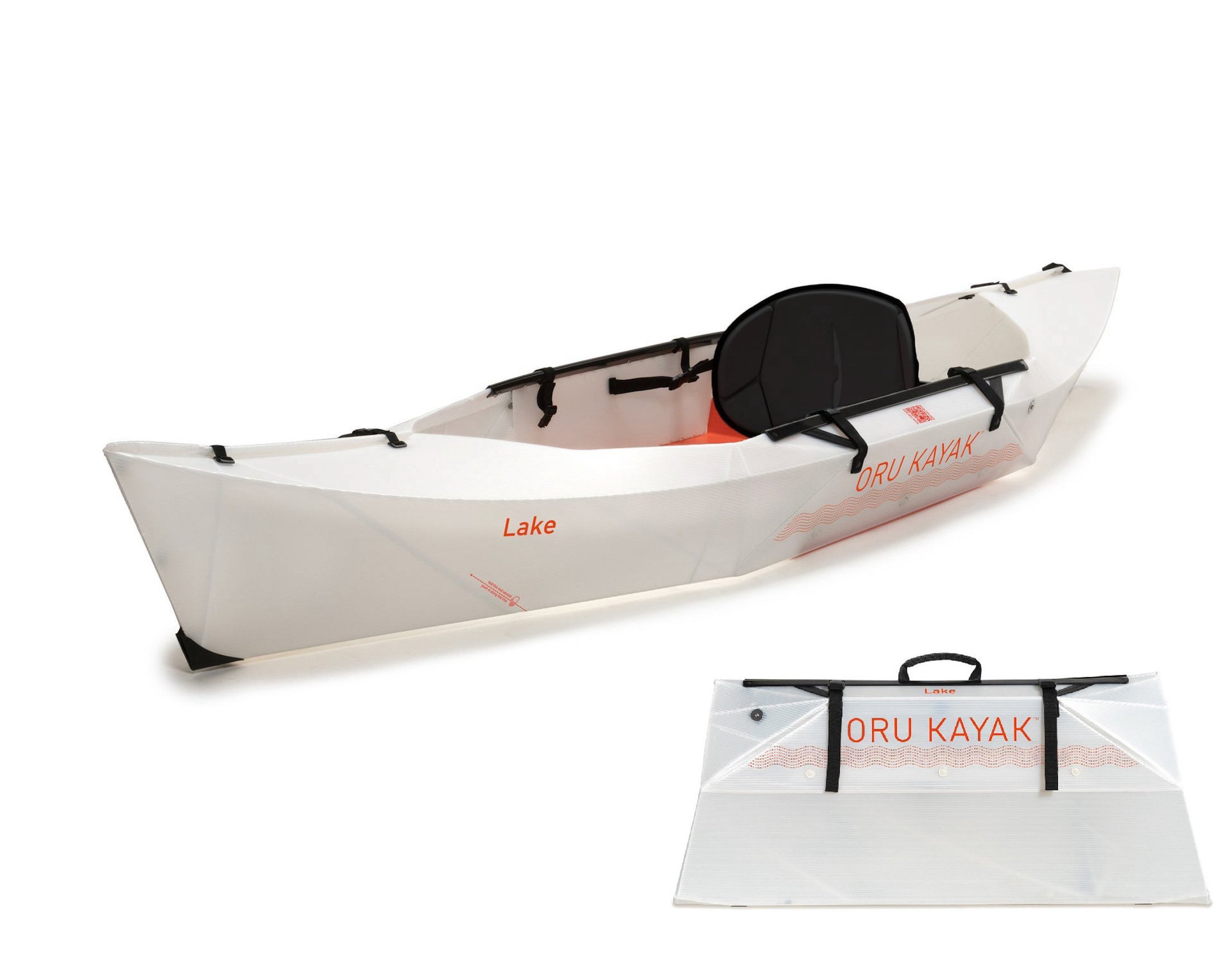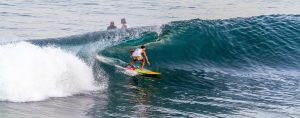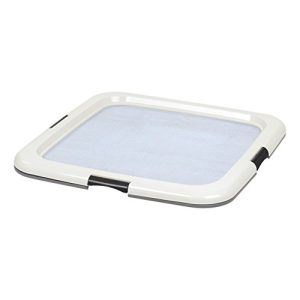Contents
If you’re seeking a thrilling and unique way to explore waterways, look no further than the kayak alternative. This exhilarating activity promises to awaken your sense of adventure and provide an unforgettable experience. Whether you’re an outdoor enthusiast or simply looking for a new hobby, the kayak alternative offers an exciting twist on traditional water sports. Get ready to embark on a journey like no other as you navigate through winding rivers, tranquil lakes, and awe-inspiring coastlines. It’s time to leave the ordinary behind and embark on an extraordinary aquatic adventure.
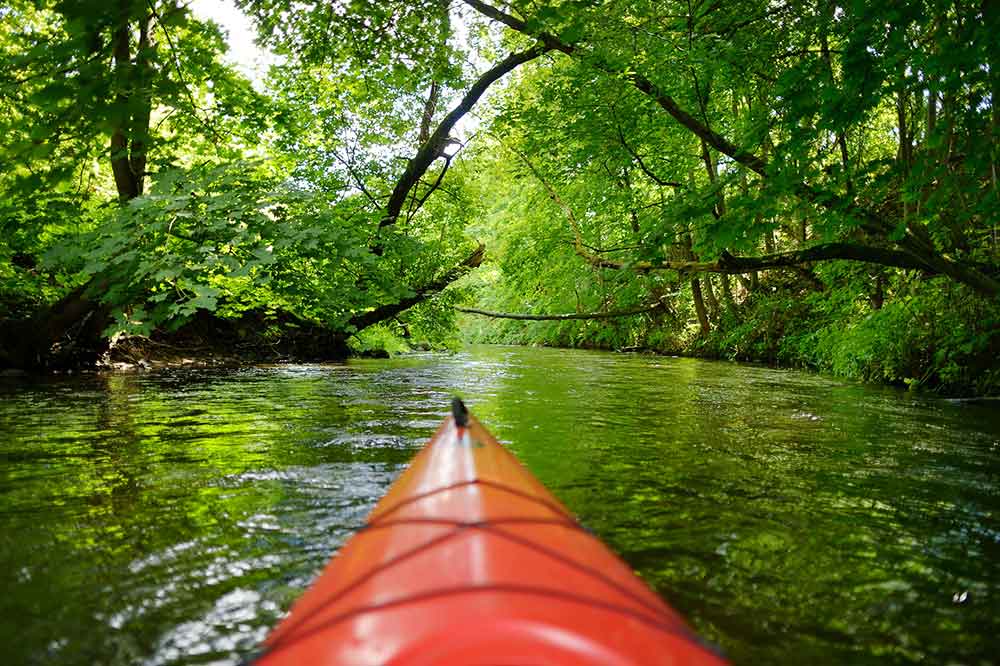
Benefits of Kayaking
Improved cardiovascular fitness
Kayaking is a fantastic way to improve your cardiovascular fitness. The repetitive motion of paddling engages your upper body, including your arms, shoulders, and back, providing a great workout for these muscle groups. As you paddle, you also engage your core muscles as you maintain balance and stability. Regular kayaking sessions can help improve your endurance and strengthen your heart, leading to better overall cardiovascular health.
Low impact on joints and muscles
Unlike many other forms of exercise, kayaking is a low-impact activity that puts minimal stress on your joints and muscles. The smooth, gliding motion of paddling allows you to work out without straining your knees, hips, or ankles. If you have joint or muscle issues, kayaking can be a wonderful alternative to higher impact activities like running or jumping. It allows you to stay active while minimizing the risk of strain or injury.
Access to remote and scenic locations
One of the greatest benefits of kayaking is the opportunity it gives you to access remote and scenic locations that may be inaccessible by other means. Whether you’re exploring a tranquil lake, meandering through a winding river, or navigating the choppy waves of the ocean, kayaking allows you to immerse yourself in nature’s beauty. You can paddle to hidden coves, explore secret beaches, or venture into quiet lagoons, all while experiencing a sense of serenity and tranquility that only waterways can provide.
Opportunity for wildlife spotting
Kayaking provides a unique opportunity to get up close and personal with wildlife. As you quietly glide through the water, you may spot various birds gracefully soaring above, playful seals popping their heads out of the water, or schools of fish darting beneath your kayak. The peacefulness of kayaking allows you to observe animals in their natural habitats without causing them distress. Whether you’re a bird lover, marine enthusiast, or simply enjoy observing wildlife, kayaking offers you a front-row seat to appreciate the wonders of nature.
The Rise of Waterway Exploration
Growing popularity of water sports
In recent years, water sports have experienced a surge in popularity. More and more people are seeking out activities that allow them to connect with nature and enjoy the great outdoors. Whether it’s kayaking, stand-up paddleboarding, or canoeing, individuals of all ages and fitness levels are discovering the joy and adventure of exploring waterways. The growing interest in water sports has created a vibrant community of enthusiasts who share a passion for outdoor exploration and a desire to disconnect from the stresses of everyday life.
Increased interest in eco-tourism
With environmental awareness on the rise, there has been a significant increase in eco-tourism, which emphasizes responsible travel that minimizes negative impacts on the environment. Waterway exploration aligns perfectly with the principles of eco-tourism, as it allows people to appreciate and connect with nature while treading lightly on fragile ecosystems. By choosing activities like kayaking or paddleboarding, individuals can actively engage with the environment in a way that fosters appreciation and understanding of the natural world.
Health and wellness trend
As societies become more health-conscious, there is a growing trend towards incorporating outdoor activities into our daily lives. Waterway exploration not only provides a unique and enjoyable form of exercise but also offers numerous mental and emotional benefits. Being surrounded by water has a calming effect on the mind, reducing stress and promoting relaxation. Additionally, the act of paddling and immersing oneself in nature allows for a mindful experience, helping to improve focus and concentration. As waterway exploration becomes more accessible and mainstream, it continues to be embraced as a holistic approach to health and wellness.
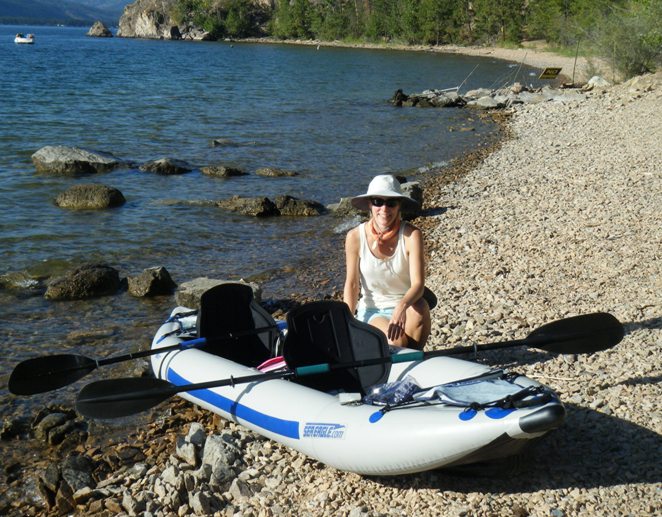
Introduction to Kayaking
Types of kayaks
Kayaks come in various types, each designed for specific purposes and water conditions.
- Sit-on-top kayaks are versatile and easy to use, ideal for beginners and recreational paddlers. They have an open cockpit, making them easy to get in and out of, and they provide excellent stability on calm waters.
- Touring kayaks are longer and narrower than sit-on-top kayaks, which makes them more efficient and suitable for longer paddling journeys on open water. They offer better tracking, speed, and storage capacity for extended trips.
- Whitewater kayaks are specifically designed for navigating fast-moving rivers and rapids. They are shorter and more maneuverable, with a lower volume to enable quick turns and handling in whitewater conditions.
Essential equipment and gear
To get started with kayaking, there are a few essential pieces of equipment and gear you’ll need. First and foremost, you’ll need a kayak that suits your needs and skill level. Additionally, a paddle, a personal flotation device (PFD) or life jacket, and appropriate clothing and footwear are crucial for safety and comfort on the water. Other useful accessories include a spray skirt, which helps keep water out of the cockpit, and dry bags or waterproof cases to protect your belongings from getting wet.
Basic kayaking techniques
Before heading out on the water, it’s important to familiarize yourself with basic kayaking techniques. Proper paddling technique involves using your core muscles, while maintaining a relaxed grip on the paddle, and engaging your whole body in each stroke. Learning how to control your kayak’s direction using different paddle strokes, understanding how to maneuver in different water conditions, and practicing self-rescue techniques are essential skills that will enhance your kayaking experience and keep you safe on the water.
Challenges of Traditional Kayaking
Physical demands and limitations
Traditional kayaking can be physically demanding, especially for those who may not have significant upper body strength. The repetitive motion of paddling can cause fatigue and muscle soreness, particularly in the arms and shoulders, for inexperienced or less fit individuals. Additionally, long paddling trips may require stamina and endurance, which can be a challenge for beginners or those with physical limitations. However, with regular practice and gradual progression, individuals can build strength and endurance to overcome these challenges.
Storage and transportation issues
One of the logistical challenges of traditional kayaking is the need for storage and transportation. Kayaks are often long and bulky, making them difficult to store in small spaces, such as apartments or houses with limited storage options. Transporting a kayak to and from the water can also be cumbersome, requiring roof racks or trailers. These logistical challenges can limit the accessibility and convenience of traditional kayaking for some individuals.
Lack of comfort and stability
Traditional kayaks can sometimes lack comfort and stability, particularly for beginners or those looking for a more leisurely experience. Sitting for extended periods in a cramped cockpit may cause discomfort, and the narrow design of some kayaks can compromise stability, leading to a feeling of insecurity for certain paddlers. These comfort and stability issues can deter individuals from fully enjoying the kayaking experience and exploring waterways at their own pace.
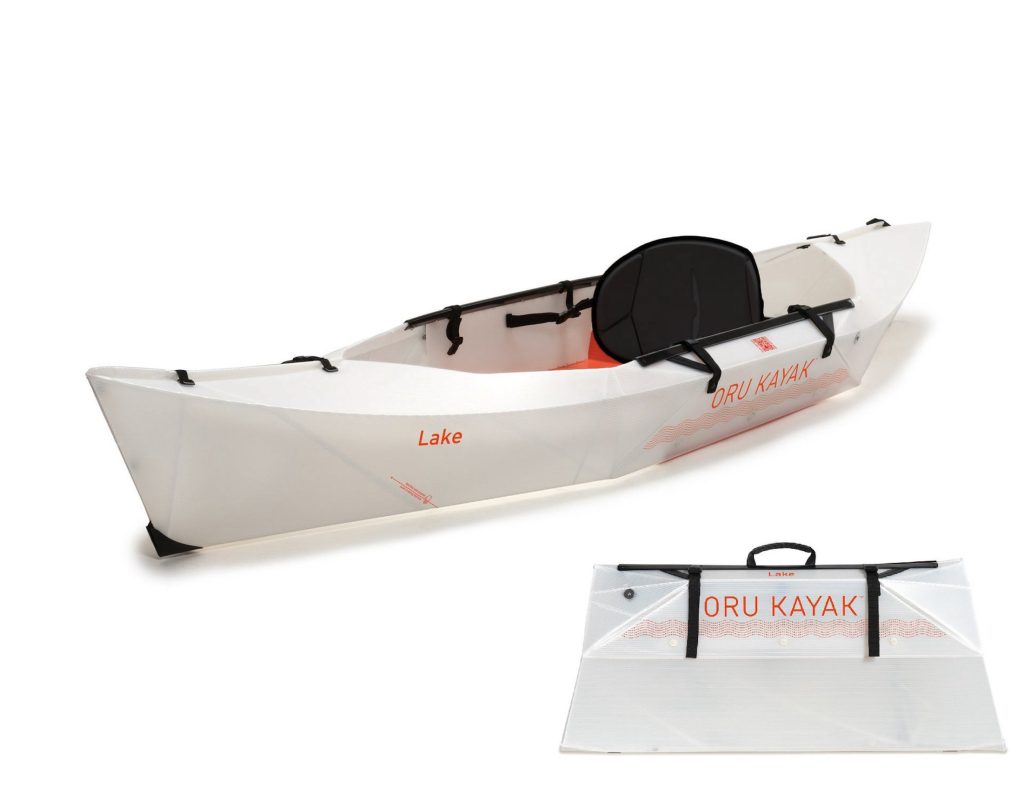
Introducing the Kayak Alternative
Stand-up paddleboarding (SUP)
Stand-up paddleboarding, commonly known as SUP, is a popular and exciting alternative to traditional kayaking. It involves standing on a large, stable board and using a long paddle to propel yourself forward. SUP offers a unique experience, allowing you to glide across the water while enjoying a full-body workout. Whether you prefer a leisurely paddle on calm waters or a more challenging adventure in surf or whitewater, SUP provides a versatile and enjoyable option for all skill levels.
Inflatable rafts and packrafts
Inflatable rafts and packrafts have gained popularity as lightweight and portable alternatives to traditional kayaks. These inflatable watercraft are easy to transport and store, as they can be deflated and packed into a small bag. Despite their compact size, inflatable rafts and packrafts offer stability and durability, making them suitable for various water conditions. They’re perfect for individuals who value convenience and want to explore waterways without the hassle of storage and transportation logistics.
Canoeing and rowing
While kayaking often takes center stage in water sports, canoeing and rowing deserve recognition as viable alternatives. Canoes, which are open-top boats propelled by paddles, provide a spacious and stable platform for individuals or groups. Canoeing allows for easy entry and exit, making it ideal for leisurely trips or family outings. Rowing, on the other hand, involves using oars to move a narrow boat forward. It requires technique and coordination but offers an exhilarating and efficient mode of transportation on the water.
Hydrobiking
Hydrobiking, also known as water biking, is an emerging alternative to kayaking that combines cycling and water exploration. Hydrobikes feature a pedal-operated propeller that propels the bike forward as you pedal, allowing you to glide smoothly on the water’s surface. Unlike traditional kayaking, hydrobikes offer a seated cycling position, providing comfort and stability. They are easy to use and require minimal physical exertion, making them accessible to individuals of all ages and fitness levels.
Pedal-powered kayaks
For those who enjoy the speed and convenience of cycling, pedal-powered kayaks offer an exciting alternative. These kayaks feature pedals instead of paddles, allowing you to propel yourself forward using leg power. Pedal-powered kayaks provide a more efficient and ergonomic method of propulsion, reducing the strain on your upper body while maintaining excellent maneuverability. This type of kayak is ideal for individuals who prefer a hands-free experience or have physical limitations that may make paddling challenging.
Stand-up Paddleboarding (SUP)
Benefits and unique experience
Stand-up paddleboarding (SUP) offers numerous benefits and a unique experience compared to traditional kayaking. Standing on a paddleboard provides an entirely different perspective, allowing you to have a panoramic view of the surrounding landscape. SUP engages your core muscles as you maintain balance and stability on the board, providing an excellent full-body workout. It also offers a low-impact activity that is gentle on your joints, making it accessible to individuals of all ages and fitness levels.
Equipment and technique
To engage in stand-up paddleboarding, you’ll need a paddleboard, a paddle, and a personal flotation device (PFD) or life jacket for safety. Paddleboards come in various sizes and designs, catering to different skill levels and water conditions. Beginners may opt for wider and more stable boards, while more experienced individuals can choose narrower and more maneuverable options. Proper technique involves maintaining a stable and relaxed stance on the board, using the paddle to propel yourself forward or change direction, and adjusting your weight distribution for balance.
Popular paddleboarding destinations
Stand-up paddleboarding can be enjoyed in a wide range of water environments, from calm lakes and serene rivers to challenging ocean waves. Some popular paddleboarding destinations include:
- Lake Tahoe: This stunning alpine lake on the border of California and Nevada offers crystal-clear waters and picturesque surroundings, making it a favorite among paddleboarders.
- Florida Keys: With its warm and gentle waters, the Florida Keys provide a perfect setting for paddleboarding. You can explore the vibrant marine life and even paddle alongside dolphins in these tropical waters.
- Maui, Hawaii: Known for its world-class surfing, Maui is also an excellent destination for paddleboarding. You can paddle along the coastline, marvel at majestic sea cliffs, and perhaps even spot sea turtles swimming beneath you.
As with any water activity, it’s crucial to research and respect local rules and regulations, ensure safety measures are in place, and be mindful of your own skill level and limitations.

Inflatable Rafts and Packrafts
Ease of transportation and storage
One of the primary advantages of inflatable rafts and packrafts is their ease of transportation and storage. These watercraft can be deflated and packed into compact bags, making them highly portable. Whether you’re backpacking, camping, or simply heading to the water, inflatable rafts and packrafts can easily be carried and transported, even in small vehicles. This convenience removes the need for specialized storage or transportation equipment, opening up waterway exploration to individuals who face logistical challenges with traditional kayaks.
Versatility for different water conditions
Inflatable rafts and packrafts offer versatility for various water conditions. They are designed to handle calm lakes, slow-moving rivers, and even mild whitewater. With advancements in technology, these inflatables are now more durable, resistant to punctures, and capable of providing stability and maneuverability. Whether you’re embarking on a leisurely float or tackling occasional rapids, inflatable rafts and packrafts can adapt to different water conditions, providing a safe and enjoyable experience.
Ideal for multi-day trips
If you’re planning a multi-day adventure on the water, inflatable rafts and packrafts are an excellent choice. Their lightweight and compact design make them perfect for packing and carrying camping gear and supplies. Some models even have built-in storage compartments, allowing you to stow away essentials during your journey. Whether you’re exploring remote rivers, setting up a riverside campsite, or embarking on a self-supported expedition, inflatable rafts and packrafts provide a convenient and comfortable option for extended trips.
Safety considerations
While inflatable rafts and packrafts offer many advantages, it’s essential to consider safety precautions. It’s crucial to choose high-quality inflatables that are designed for the specific water conditions you’ll be encountering. Familiarize yourself with inflation and deflation procedures, as well as proper maintenance and storage practices. Additionally, always wear a personal flotation device (PFD) or life jacket, and be aware of weather conditions and water flow rates. Understanding the limitations and capabilities of your inflatable watercraft will ensure a safe and enjoyable waterway exploration experience.
Canoeing and Rowing
Traditional watercraft with historical significance
Canoeing and rowing have a rich history and cultural significance that adds to their appeal. Canoes, in particular, have been used by indigenous peoples around the world for centuries, serving as a means of transportation, hunting, and exploration. Rowing, with its origins in ancient Greece, has a longstanding tradition in various forms of water sports and competitive rowing events. Embarking on a canoeing or rowing adventure allows you to connect with and appreciate the historical significance of these traditional watercraft.
Suitable for group activities
One of the great advantages of canoeing and rowing is that they can be enjoyed as group activities. Canoes, with their spacious design, can accommodate multiple paddlers, making them ideal for family outings, group excursions, or team-building activities. Rowing, too, often involves teamwork in crew boats, where synchronized movement and coordination among rowers are crucial. Whether you’re seeking a bonding experience with loved ones or want to join a rowing club to meet like-minded individuals, canoeing and rowing offer fantastic opportunities for group adventures.
Different types of canoes and rowing techniques
Canoeing and rowing come in various forms, each with its unique characteristics and techniques. Canoes can range from traditional canoes made from wood or bark to modern canoes constructed from lightweight materials. Different types of canoes, such as tandem canoes or solo canoes, suit different purposes and preferences. Rowing, too, offers a variety of techniques and boat types, including sculling and sweep rowing. Each technique requires specific skills and coordination, adding to the diverse range of experiences available to waterway explorers.
Paddling vs. rowing
While both canoeing and rowing involve propelling a boat using a paddle or oars, there are distinct differences between the two. In canoeing, paddlers typically kneel or sit on a raised seat while using a single-blade paddle to move the canoe forward. This technique provides greater maneuverability and control in narrow waterways. Rowing, on the other hand, involves sitting on a sliding seat and using one or two oars, known as sculls or sweeps, to row with a pulling motion. Rowing provides more power and speed, making it suitable for longer distances and competitive sports. Whether you prefer the simplicity of paddling or the intensity of rowing, both activities offer unique experiences that allow you to explore waterways in your preferred style.
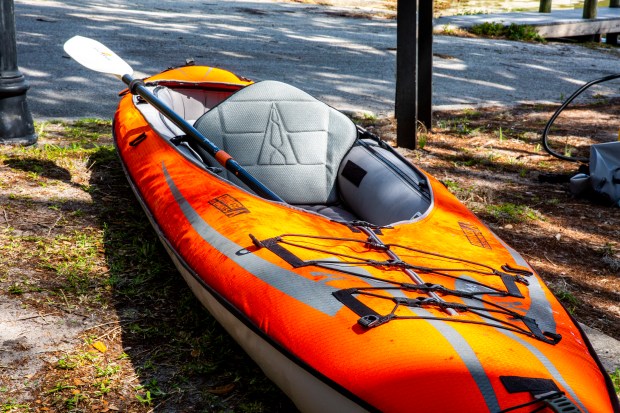
Hydrobiking
Understanding hydrobikes
Hydrobikes, also known as water bikes or aquatic bicycles, are a fun and unique way to explore waterways. These pedal-powered watercraft feature a stable platform with a comfortable seat, similar to a bicycle, and a pedal-operated propeller that propels the hydrobike forward. Like traditional bicycles, hydrobikes have handlebars for steering and brakes for control. Hydrobiking combines the joy of cycling with the adventure of water exploration, offering a new and exciting experience that appeals to people of all ages and fitness levels.
Benefits and drawbacks
Hydrobiking provides several benefits that set it apart from other water sports. It offers a low-impact cardiovascular workout that engages your leg muscles, promoting strength and endurance. The seated position on a hydrobike ensures comfort and stability, making it an accessible activity even for individuals with mobility or balance challenges. Hydrobikes also have a wide appeal, attracting individuals seeking leisurely rides to those craving more intense workouts. However, it’s important to note that hydrobiking may be slower than other water sports like kayaking or paddleboarding, and it may not be ideal for navigating more challenging water conditions.
Exploring waterways on a hydrobike
Hydrobiking opens up opportunities to explore waterways from a different perspective. These water bikes allow you to traverse gentle lakes, meandering rivers, and calm coastal waters with ease. You can pedal at your own pace, taking in the beauty of your surroundings as you cruise along. Hydrobiking also offers the advantage of shallow-water access, as the propeller is often situated above the waterline. This allows you to venture into shallower areas where traditional boats or kayaks may struggle to navigate. Whether you prefer leisurely rides or embarking on extended journeys, hydrobiking offers a fun and unique way to immerse yourself in waterway exploration.
Conclusion
Waterway exploration provides a boundless opportunity to expand your horizons, connect with nature, and engage in healthy outdoor activities. With a diverse range of options available, you can choose the kayak alternative that best suits your skill level and interests. Stand-up paddleboarding (SUP) offers a unique experience and a full-body workout, while inflatable rafts and packrafts provide ease of transportation and versatility. Canoeing and rowing allow for group adventures and a connection to tradition, while hydrobiking combines the joy of cycling with water exploration. Whatever your preference, waterway exploration offers a gateway to unforgettable experiences, allowing you to appreciate the beauty and serenity of the natural world while keeping fit and having fun. So grab your paddle, strap on a life jacket, and embark on a waterway adventure that will leave you with memories to last a lifetime.

